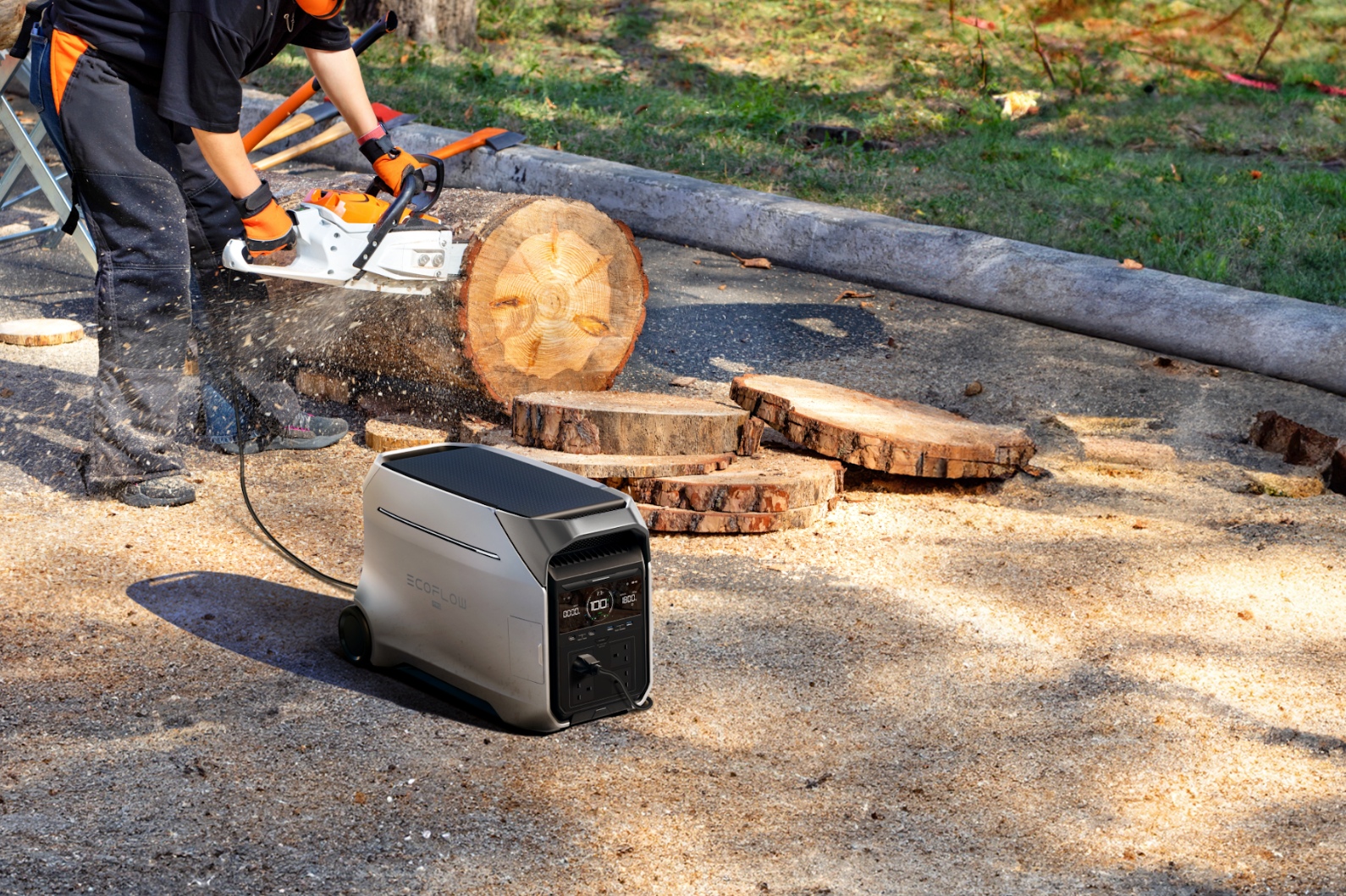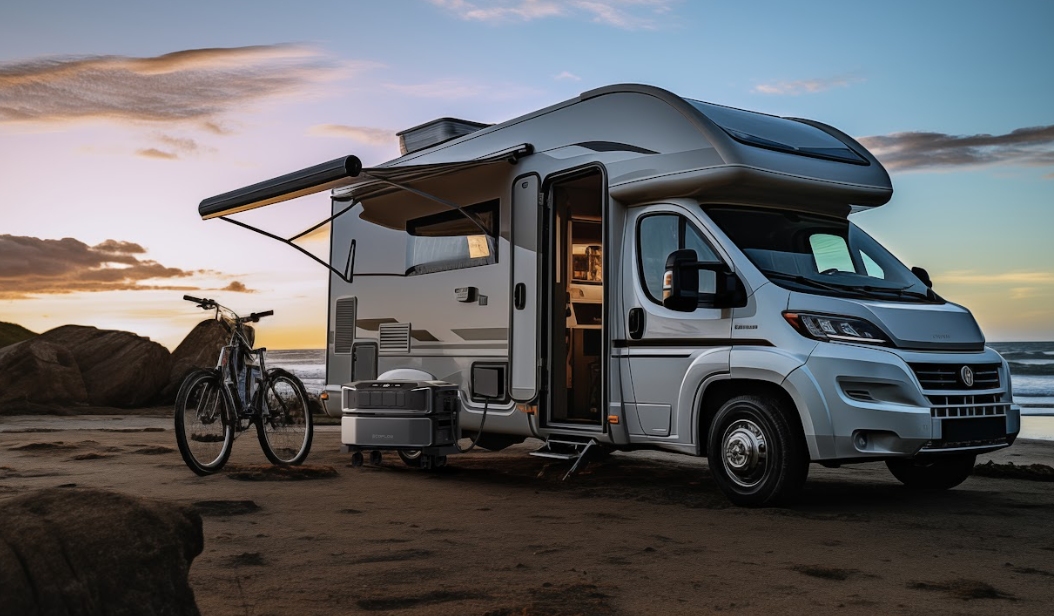- What Should Your Home Off Grid Audit Include?
- Why Is Backup Power Non-Negotiable For Home Off Grid Plans?
- How to Right-Size The Off-Grid Supply For Winter Lows
- What Code And Safety Steps Matter When Building A House Off The Grid?
- How Do You Plan Water, Heat, And An Off Grid Garden Without Draining Power?
- What Pitfalls Break Home Off Grid Systems And How To Prevent Them?
- Where Should Your Home Off-Grid Budget Go First?
- What Is Your 7-Day Action Plan To Validate Off-Grid Solar?
- Off-Grid Solar At Home Succeeds With Four Pillars
- FAQs about Off-grid Solar Power
Is Off-Grid Solar Right For Your Home? Prepare For These Challenges
- What Should Your Home Off Grid Audit Include?
- Why Is Backup Power Non-Negotiable For Home Off Grid Plans?
- How to Right-Size The Off-Grid Supply For Winter Lows
- What Code And Safety Steps Matter When Building A House Off The Grid?
- How Do You Plan Water, Heat, And An Off Grid Garden Without Draining Power?
- What Pitfalls Break Home Off Grid Systems And How To Prevent Them?
- Where Should Your Home Off-Grid Budget Go First?
- What Is Your 7-Day Action Plan To Validate Off-Grid Solar?
- Off-Grid Solar At Home Succeeds With Four Pillars
- FAQs about Off-grid Solar Power
Choosing home off-grid living feels exciting until the first long storm or a deep-freeze week. The sections below focus on checks you can run now. Each one turns ideas into numbers, plans, and habits that keep off-grid solar steady all year.
What Should Your Home Off Grid Audit Include?
An audit is the bridge between vision and hardware. It replaces guesswork with facts about how your household actually uses power.
Start by measuring real loads for at least a week at 15-minute intervals. Separate essentials from comforts so you know what must stay on during bad weather. Note both running watts and the start surge for motors. Choose a target Days of Autonomy and convert daily kWh into starter sizes for storage and array capacity. Map a small critical-load sub-panel so the system can always favor essentials.
Measure 7–14 days of usage and keep the log.
List critical circuits and the highest motor surge.
Pick 2–5 autonomy days for your site and climate (Battery (kWh) = Daily kWh × N ÷ (DoD × ηinv × ftemp).
Draft a simple one-line diagram for planning and permits.
These steps keep a home off-grid plan grounded in reality and make later conversations with installers much easier.
Why Is Backup Power Non-Negotiable For Home Off Grid Plans?
Even robust arrays see strings of gray days and short winter sun. A second layer keeps refrigerators cold, routers online, and heat controls working when production dips.
Think in layers. Batteries form the first shield. A secondary energy source becomes the safety net when clouds linger. For example, the EcoFlow Delta Pro portable power station offers reliable backup power with its large storage capacity (3600Wh, expandable to 25,000Wh), ensuring your essential systems stay powered even during extended outages or low solar production. Define clear triggers so the backup starts before the battery is strained. Design around the critical-load sub-panel, so backup runtime and fuel stay modest. Test the switchover on a schedule and log each run. This habit proves the plan long before a storm arrives and gives off-grid solar a dependable floor.
Set triggers such as state-of-charge, two-day low-sun forecasts, and night load caps.
Size backup for critical circuits, not the whole house.
Exercise the system on a calendar and keep notes.
With these rules in place, home off-grid life feels predictable even in long shoulder seasons.


How to Right-Size The Off-Grid Supply For Winter Lows
Winter is the design driver. Systems that look generous in July can struggle in January, so size from the worst month first.
- Use the lowest monthly solar production as your baseline, sizing the system to perform well even during the darkest months.
- Control voltage drop by using the correct wire gauge and minimizing cable runs, ensuring efficient power distribution.
- Prioritize storage to meet your autonomy target first, then add panel capacity to recharge on shorter, colder days. Leave room for future expansion as needs evolve.
Practical targets you can apply today
| Item | Common Target That Works In Practice |
| Surge headroom | 1.5× to 2× largest motor start |
| Voltage drop (branch run) | ≤ 3% under typical load |
| Days of autonomy | 2–5 days for most sites |
These values give a home off-grid system breathing room without pushing costs out of reach.
What Code And Safety Steps Matter When Building A House Off The Grid?
Paperwork protects your family and shortens the path to approvals and insurance. Treat documentation as part of the system.
Prepare a one-line diagram that shows sources, storage, inverters, protection, and shutoffs. Confirm clearances and placement for energy storage based on local fire and ventilation rules. Label disconnects so first responders can understand the layout immediately. Share plans early with the authority having jurisdiction and your insurer. Keep commissioning records and an operations checklist for future inspections. If you are building a house off the grid, this discipline prevents rework and delays.
One-line diagram ready before purchasing hardware.
Labeled equipment and clearly marked shutoffs.
Early coordination with local officials and insurers.
Commissioning results and an O&M log kept on file.
How Do You Plan Water, Heat, And An Off Grid Garden Without Draining Power?
Pumping and electric heat can empty batteries fast. A few design choices preserve autonomy and comfort.
For an off grid garden, prefer gravity or timed drip irrigation. Pair a DC well pump with a storage tank and pump during high-sun hours. Choose space and water heating that relies on efficient combustion or thermal storage where allowed, and reserve electricity for controls and circulation. Stagger cooking, laundry, and hot-water tasks when the array is peaking. Insulate tanks and lines so stored heat stays put. Small changes like these stretch capacity through winter and keep off-grid solar from chasing spikes.
Pump and irrigate during midday.
Favor thermal storage and high-efficiency heat sources.
Stagger high-draw tasks into sunny windows.
Insulate tanks, runs, and valves that lose heat.
What Pitfalls Break Home Off Grid Systems And How To Prevent Them?
Most issues trace back to four patterns. Address them now and avoid repair seasons later.
First, winter optimism. Designs based on annual averages underproduce in the darkest month. Always size from the low point. Second, surge misfires. Motors stall when inverters or cables cannot deliver start current. Add soft-start and keep headroom. Third, hidden cable losses. Long runs waste energy and cause dimming. Use proper gauge and short routes. Fourth, cold-soaked batteries. Capacity drops in low temperatures, so add insulation or approved heating and adjust settings for winter. Remote monitoring closes the loop by catching trends early.
- Size from the worst month, not the average.
- Provide surge headroom and soft-start on big motors.
- Control cable length and gauge for ≤ 3% drop.
- Add monitoring and set alerts for State of Charge and temperature.
A home off-grid system that follows these habits rides through storms with fewer surprises.
Where Should Your Home Off-Grid Budget Go First?
Spending in the right order often shrinks the system and the bill without sacrificing comfort.
Tighten the building shell. Insulation and air-sealing cut heating and cooling loads every hour of the year. Upgrade to efficient appliances and pumps. Add scheduling and controls so energy-heavy tasks happen when production is strong. Size hardware last, after the load curve is tamed. Many households find the array and storage can be smaller once these steps land. That keeps off-grid solar investments focused where they pay back daily.
- Envelope upgrades and air-sealing before hardware.
- Efficient appliances and pumps to flatten demand.
- Smart scheduling to shift tasks into sunny hours.
- Final sizing based on the improved load profile.
What Is Your 7-Day Action Plan To Validate Off-Grid Solar?
A short field trial tests the routine against design. It also creates documents that speed approvals.
Day one and two set up metering and map the critical-load sub-panel. Days three to five capture and sort usage data. Confirm daily kWh, peaks, and the largest motor surge. Day six models the lowest production month for your location and sets autonomy days and backup triggers. Day seven drafts the one-line diagram, lists permits and insurance requests, and builds a simple operations checklist. Share the packet with your installer or engineer and revise before placing orders.
- Days 1–2 measure and map.
- Days 3–5 log and calculate.
- Day 6 model and set triggers.
- Day 7 document and review.
This one-week effort gives a home off-grid project a strong foundation.
Off-Grid Solar At Home Succeeds With Four Pillars
Success rests on four steady pillars. Measure real loads. Size from winter. Enforce a backup strategy tied to a critical-load sub-panel. Document compliance for officials and insurance. If any pillar is missing, pause purchases and finish the audit. With that foundation, off-grid living feels calm through long storms, irrigation cycles, and busy school nights. Include one reliable secondary source and your off the grid supply will carry you through the rough spells while off-grid solar handles the rest of the year.


FAQs about Off-grid Solar Power
Q1. What is the best way to handle off-grid solar power in a snowstorm?
Snowstorms can significantly reduce solar energy production, so ensure your system includes enough battery storage to cover extended cloudy or snowy days. Use tilted panels to help snow slide off, and clear snow off your panels regularly, if possible. Additionally, setting up backup power from a fuel source provides reliability during these conditions.
Q2. Can the whole house with appliances and heating be powered by off-grid solar power?
Yes, but it is dependent upon where you live and system size. In warm locations, a properly sized solar array will cover all the standard loads, such as lighting, refrigeration, and heating. In cold locations, you'd probably require larger battery storage or back-up heating sources in order to get through the winter months and high-end appliances.
Q3. How do I maintain my off-grid solar system in accordance with the regulations in my locality?
To remain in compliance, always ask at the local level regarding requirements for permitting, inspection, and safety codes. Adhere to national codes such as NFPA 855 for safety in energy storage and NEC 690 for PV systems. Having a correct-for-purpose single-line diagram, current labels on the equipment, and safety procedures in place keeps the system in compliance and legally operable.